1. Dahlias
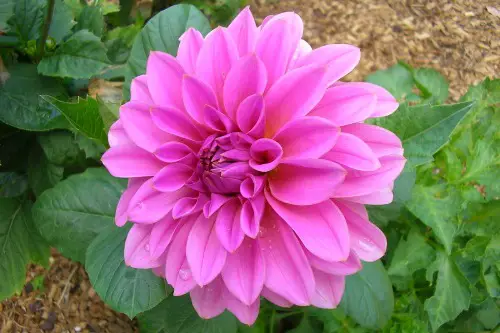
Dahlias are making a huge comeback in 2025, especially the big, dinner-plate varieties that flood Instagram feeds every summer. Gardeners love their vibrant colors, geometric symmetry, and long bloom season from midsummer to the first frost. They’re particularly popular in cut flower gardens and backyard arrangements. Their sheer variety makes them a top choice for both beginners and pros.
But dahlias are incredibly high-maintenance if you live outside USDA zones 8-10. They require lifting and storing tubers over winter in colder climates, which is a hassle. They’re also magnets for pests like earwigs and spider mites. On top of that, they need consistent watering and deadheading or they’ll stop blooming fast.
2. Zinnias
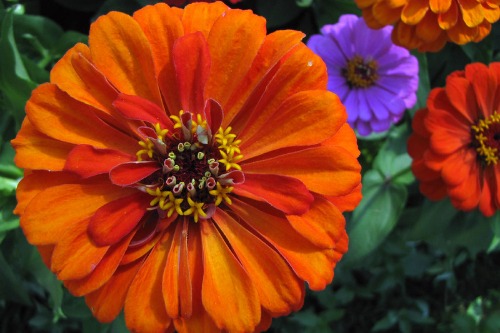
Zinnias are winning over flower lovers with their punchy colors, fast growth, and pollinator-friendly blooms. They’re especially popular in urban gardens and small spaces because of how quickly they fill out a bed. Plus, they’re fairly easy to grow from seed and bounce back well after being cut. Zinnias also thrive in heat, making them ideal for hotter regions seeing climate shifts.
Their downside? Powdery mildew. Zinnias are incredibly susceptible, especially in humid or overcrowded plantings. Without enough airflow or spacing, your zinnia patch can go from lush to lackluster in a week.
3. Cosmos
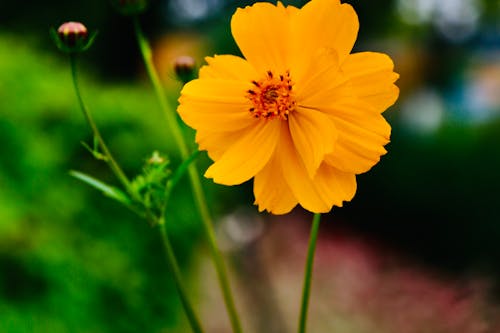
Cosmos are everywhere this year, thanks to their whimsical petals and meadowy vibe that fits perfectly with the “natural garden” trend. They grow fast, thrive in poor soil, and bloom continuously with minimal care. They’re also great at attracting bees and butterflies, making them an ecological win. The feathery foliage adds a soft, airy feel that’s hard to beat.
The problem? Cosmos are notorious self-seeders. If you’re not vigilant about deadheading or collecting seeds, they’ll return with a vengeance next year—often in places you didn’t intend. They also tend to get leggy and floppy without support or full sun. That carefree charm comes with a bit of chaos.
4. Ranunculus
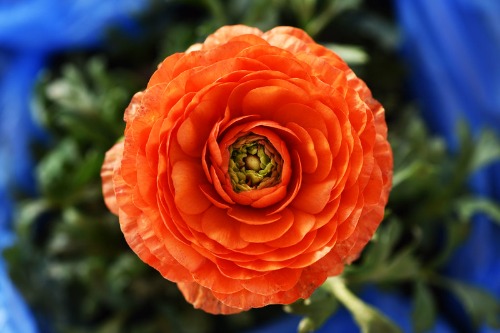
Ranunculus are having a serious moment, thanks to wedding trends and social media reels that showcase their tissue-paper-like petals. They come in rich, romantic tones and make excellent cut flowers that last surprisingly long in a vase. Gardeners love the drama they bring to spring beds, especially in cooler climates. They also pair beautifully with other cool-season stars like anemones and tulips.
But ranunculus aren’t easy for everyone. They need cool temperatures to thrive and often struggle in warmer spring zones. Starting them from corms takes planning, pre-sprouting, and sometimes refrigeration. If your timing is off, you might end up with lush foliage and no blooms.
5. Coneflowers (Echinacea)
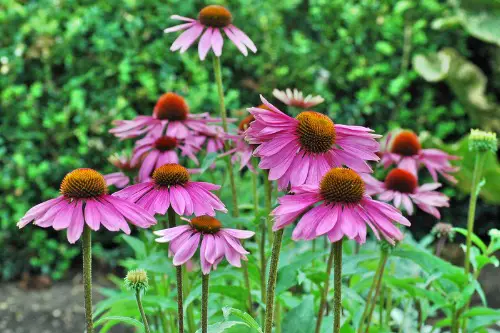
Coneflowers are a staple in pollinator gardens, and the new hybrids in 2025 offer an expanded color range from apricot to deep red. They’re drought-tolerant, deer-resistant, and loved by bees and butterflies alike. Many gardeners appreciate how little maintenance they need once established. They also bloom reliably from mid-summer to fall.
However, hybrid varieties often don’t last as long as the native species. Some cultivars are bred more for looks than resilience, and they can fizzle out after a couple of seasons. Their strong stems can also become woody and difficult to divide. And while they’re great for pollinators, they’re sometimes prone to aster yellows, a disease with no cure.
6. Marigolds
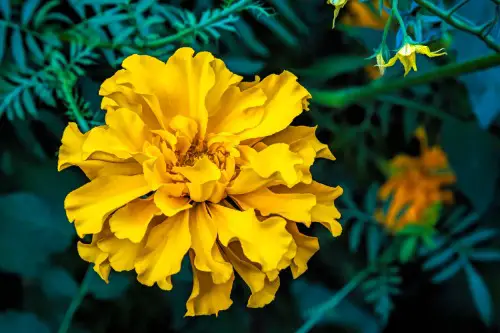
Marigolds are enjoying a revival thanks to their pest-repelling reputation and cheerful, citrus-colored blooms. They’re often planted alongside vegetables for natural companion planting and do especially well in sunny raised beds. They’re hardy, fast-growing, and thrive even in poor soil. Plus, they bloom profusely right up to the first frost.
But marigolds come with a few surprises. Their pungent scent—while helpful for deterring pests—is divisive, and not everyone finds it pleasant. Some varieties, especially African marigolds, can get leggy or topple over in wind and rain. And ironically, while they repel some bugs, they attract spider mites in dry conditions.
7. Poppies
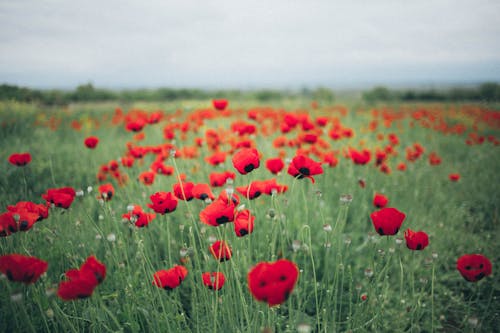
Poppies are trending hard in 2025 for their delicate beauty and wildflower appeal. Varieties like Shirley and Iceland poppies are especially popular for their watercolor shades and tissue-thin petals. They’re also cold-tolerant and excellent for early spring displays. Many gardeners appreciate how they self-sow and naturalize over time.
However, their fleeting bloom time is a real letdown for some. Poppies tend to bolt and fade quickly, especially if temperatures rise suddenly. Their taproots make them tricky to transplant once established. And despite their wild look, they often require careful spacing and soil prep to thrive.
8. Lavender

Lavender remains a backyard favorite for 2025, offering fragrance, pollinator benefits, and drought resistance in one tidy package. It’s especially popular in Mediterranean-style and low-water gardens. The gray-green foliage looks great year-round in many climates, and the flowers can be harvested for everything from teas to sachets. With climate zones shifting, more people are trying their hand at growing it in marginal areas.
Still, lavender is picky. It hates wet feet and will quickly rot in clay soils or areas with poor drainage. Pruning it wrong can result in woody, lifeless plants. And while it seems tough, certain varieties are surprisingly tender and may not survive a harsh winter.
9. Sunflowers
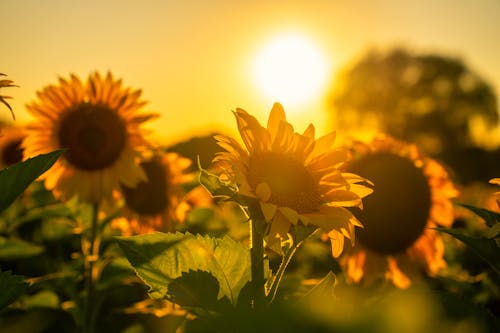
Sunflowers are enjoying a renaissance, from classic giants to trendy multi-branching and colored varieties like ‘Chocolate Cherry’ and ‘ProCut Plum’. They’re fast to grow, striking in any garden, and beloved by both kids and pollinators. They’re also surprisingly versatile, working in beds, borders, and even containers. Their seeds provide food for birds (and people), which adds to their appeal.
But they’re not as foolproof as they seem. Sunflowers have deep taproots that make them sensitive to transplanting. They also attract aphids and can be toppled by wind or heavy rain if not staked. And if you don’t deadhead or manage seedheads, they can turn into a mess fast.
10. Hydrangeas
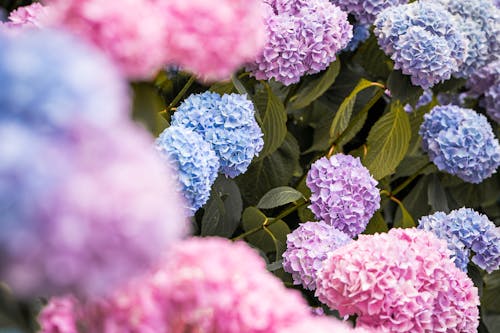
Hydrangeas, especially panicle and mophead types, continue to dominate the flowering shrub scene in 2025. Their huge blooms and evolving colors make them a favorite for curb appeal and summer bouquets. Newer reblooming varieties like ‘Endless Summer’ have extended the season. They’re also relatively low-maintenance once established.
But they’re fussy when it comes to soil pH, which determines their bloom color. Inconsistent watering leads to wilting and brown edges, especially during heat waves. Some types bloom only on old wood, making pruning confusing and risky. And deer? They love them like candy.
11. Sweet Peas
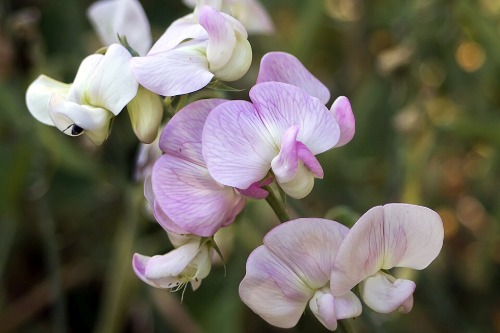
Sweet peas are beloved for their scent and old-fashioned charm, making them a go-to for romantic garden styles in 2025. They climb beautifully on trellises and bloom prolifically in cool spring conditions. Their wide range of pastel and jewel tones keeps gardeners coming back year after year. Plus, they’re excellent for cutting, with a vase life that’s better than you’d think.
But growing sweet peas isn’t easy everywhere. They demand cool weather and tend to fizzle out once summer hits. Their seeds need soaking or nicking to germinate well. And without strong support, they sprawl and flop, ruining their otherwise graceful look.
12. Black-Eyed Susans (Rudbeckia)
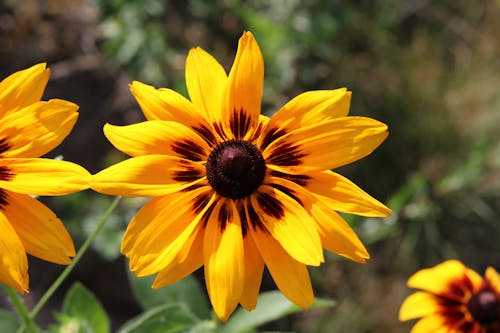
Black-eyed Susans are a low-fuss favorite that provide bold color late into the growing season. They’re drought-tolerant, native to much of North America, and great for naturalistic plantings. Many varieties are long-lived perennials that come back stronger each year. They also support bees, butterflies, and even birds.
But beware—some cultivars like ‘Goldsturm’ can be invasive in the right conditions. They spread aggressively by both seed and rhizome. Once established, they’re tough to remove and can crowd out more delicate neighbors. And they’re also prone to leaf spot in humid climates.
13. Lisianthus

Lisianthus is catching on in 2025 for its rose-like appearance and long vase life, making it a darling of flower farmers and florists. They come in gorgeous shades from pale pink to deep purple and even bi-colors. They’re ideal for formal beds or cutting gardens with a refined aesthetic. And newer varieties are more vigorous and compact than ever before.
Still, lisianthus is famously finicky. They’re slow to germinate and often require indoor sowing months ahead of planting out. They hate being overwatered and are prone to damping off and root rot. And in hot, humid regions, they can sulk or stop blooming entirely.
14. Bee Balm (Monarda)
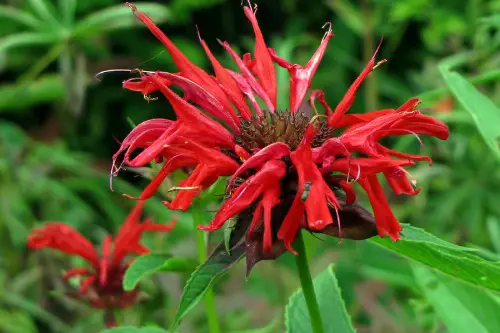
Bee balm has surged in popularity with the native plant movement and the push for pollinator-friendly gardens. Its vibrant, shaggy blooms are irresistible to bees and hummingbirds. It thrives in full sun and rich soil, and it comes in eye-catching shades of red, purple, and pink. Many gardeners love its cottage-y, slightly wild appearance.
But bee balm has a dark side—powdery mildew. Even resistant varieties can fall victim in humid or poorly ventilated spaces. It also spreads quickly via rhizomes, and can overtake a bed if not thinned regularly. And while it smells minty fresh, it belongs to the mint family—so expect a bit of a takeover if you’re not careful.
This post 14 Flowers Everyone Is Planting in 2025 – And the Hidden Problem With Each One was first published on Greenhouse Black.
